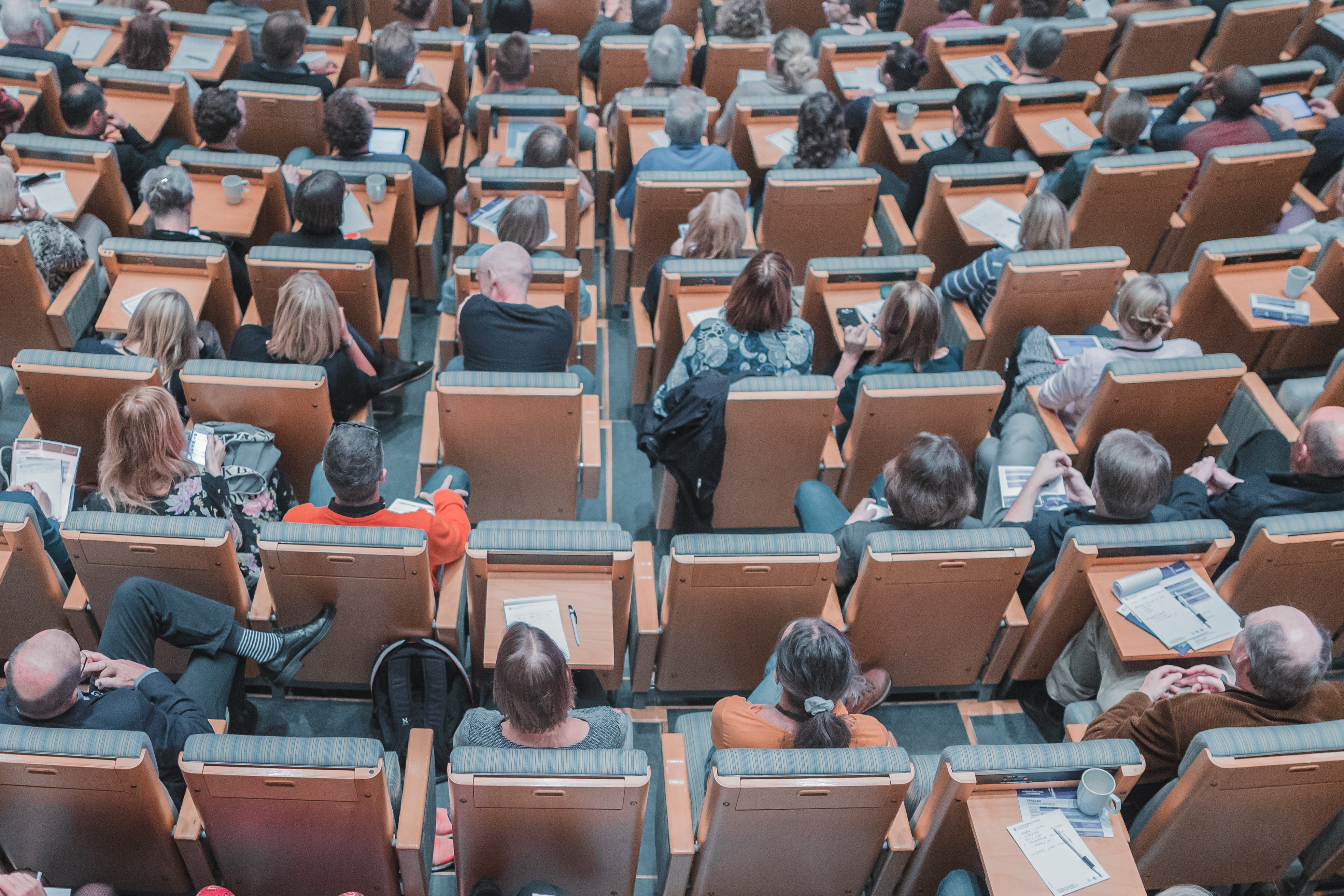Studies in Renaissance Literature
The Grotesque, Foolish, and Satirical in Early Modern Literature: Styles, Images, Intellectual Exploration

In his reading of Rabelais, Mikhail Bakhtin foregrounds an imagistic style that reflects the “fullness of life” in a dialogic and carnivalesque manner. At the same time, he observes that early in the history of followers and imitators of Rabelais, this use of images starts to “disintegrate”; that “Rabelaisian images become petty”; that they “begin to acquire the character of genre and manners”, that their “universalism is considerably watered down”; and that they “began to serve the purpose of satire” where “a weakening of the ambivalent image’s positive pole takes place. When the grotesque is used to illustrate an abstract idea, its nature is inevitably distorted. The essence of the grotesque is precisely to present a contradictory and double-faced fullness of life.” The spread of humanism at the end of the fifteenth centuries, and through the sixteenth century in Europe, is a period of radical experimentation of the type that Bakhtin envisions. New technologies appear, new vernacular languages are instituted, and new models of representation take shape. In this seminar we will study the linguistic, literary, and visual cultures of the grotesque, tracing both their evolution and their imbrication in political and religious struggles. While we will question some of Bakhtin’s assumptions about the carnivalesque and its origin we will explore the investment of early modern intellectuals in the—strategic, erudite, pleasurable—play with the very ambivalence of images Bakhtin is speaking of here. Why are the humanists so fascinated by figures of the fool, the satyr, and of the grotesque? What meanings (religious, political, ethnographic) cling to these images? What critical potential of these figures do they explore and how is this exploration elaborated in their styles? What is the role they ascribe to the literary and pictorial imagination in this process? How do these experiments lead to the stylistic excesses of what cultural historians call “The Baroque”? These are some of the questions we will ask and discuss based on a selection of texts by Clément Marot, Marguerite de Navarre, Poggio Bracciolini, Teofilo Folengo, Sebastian Brant, Desiderius Erasmus, Ulrich von Hutten, François Rabelais, Johann Fischart, and William Shakespeare. In our discussion, we will also include images—most of the texts entail illustrations—and paintings by Hieronymus Bosch, Albrecht Dürer, Jan Brueghel, and Hans Baldung Grien, and we will be in dialogue with contemporary critical writing on the grotesque heritage.